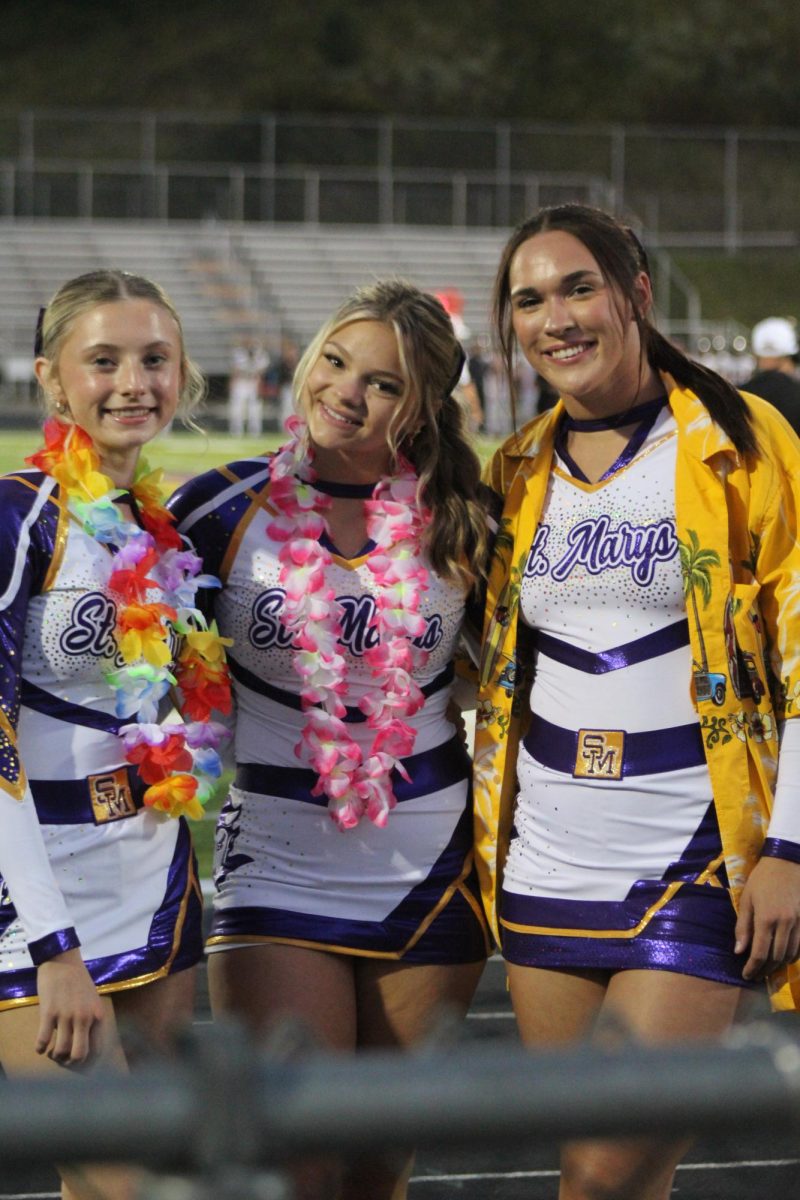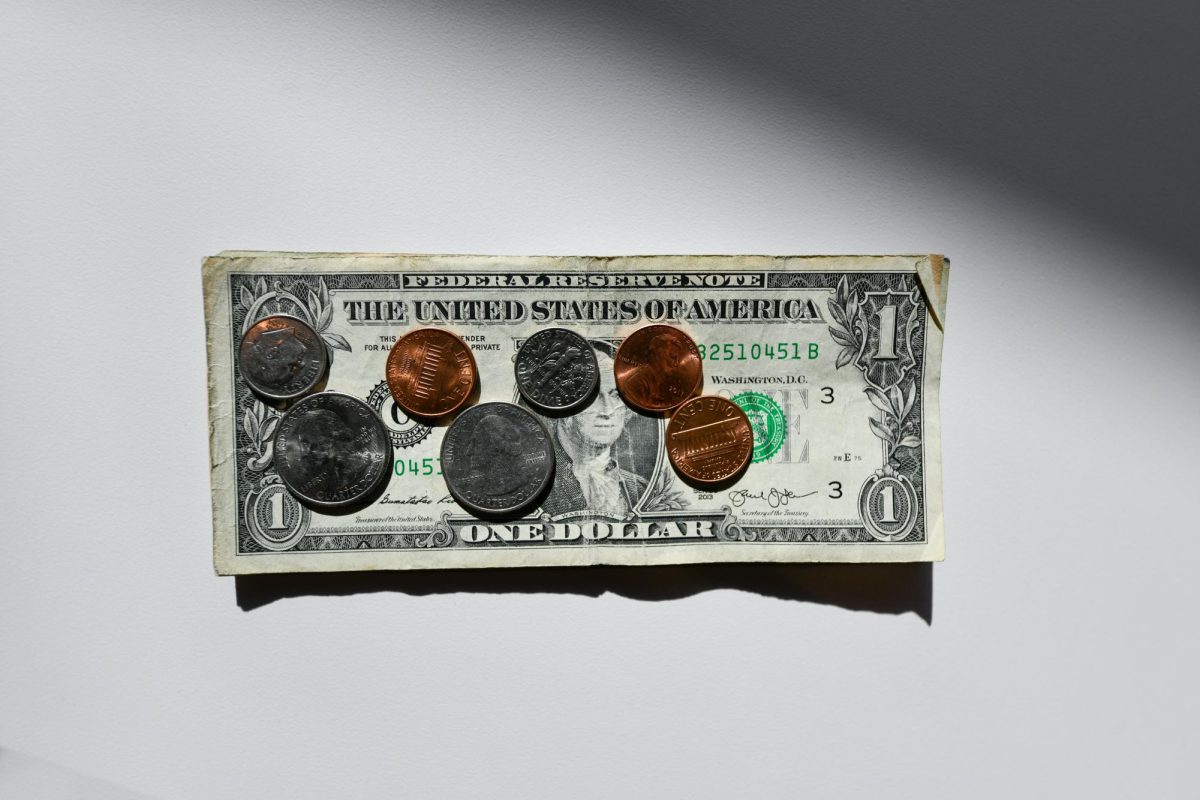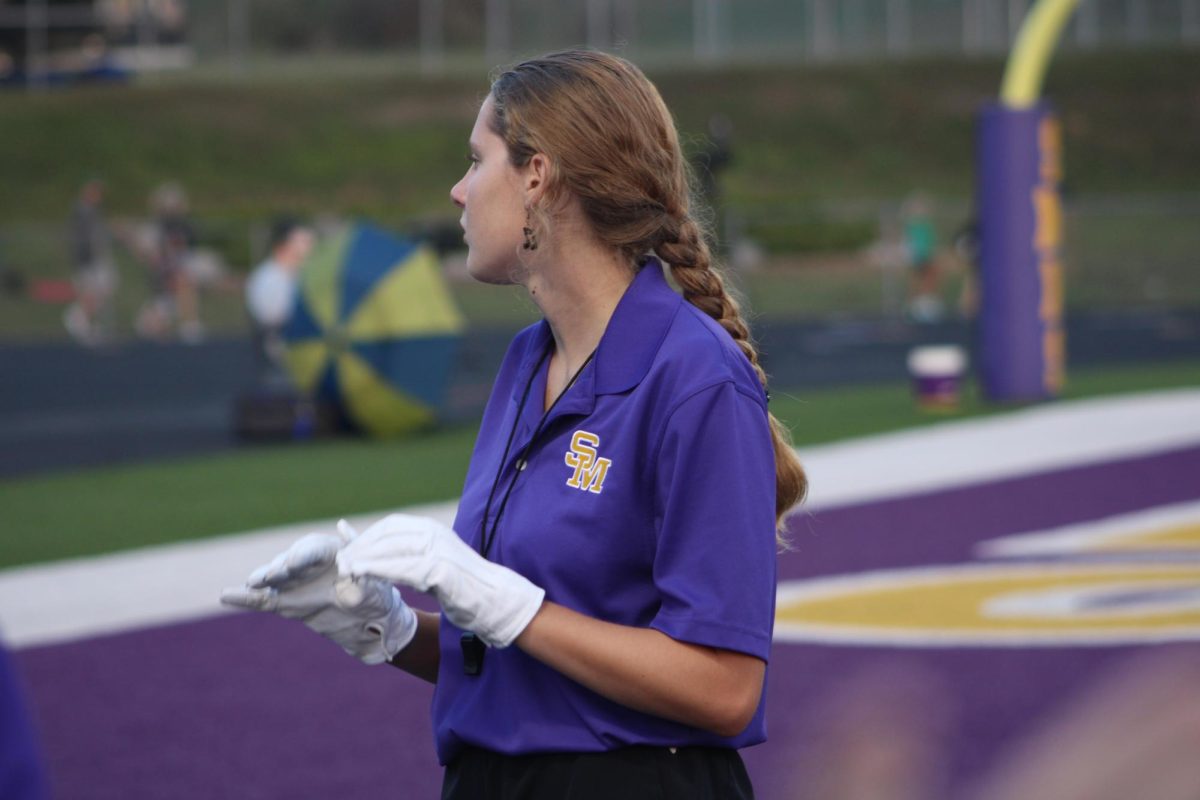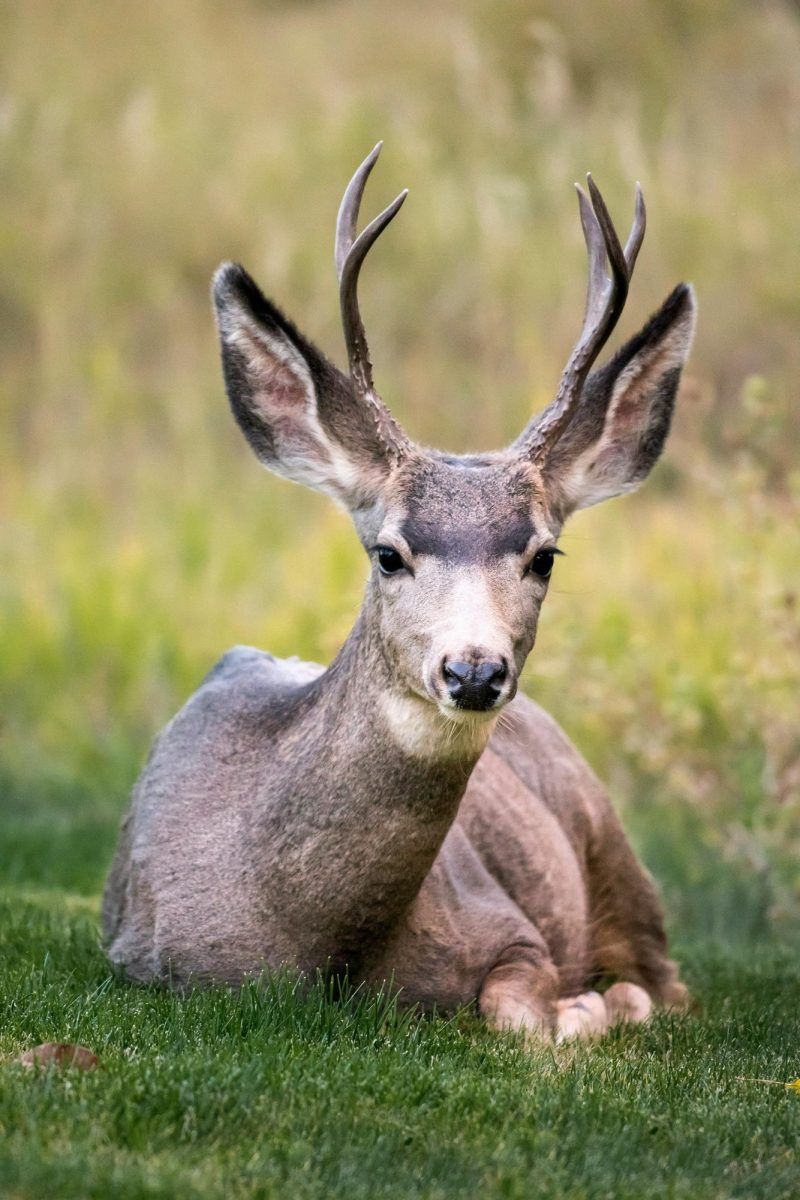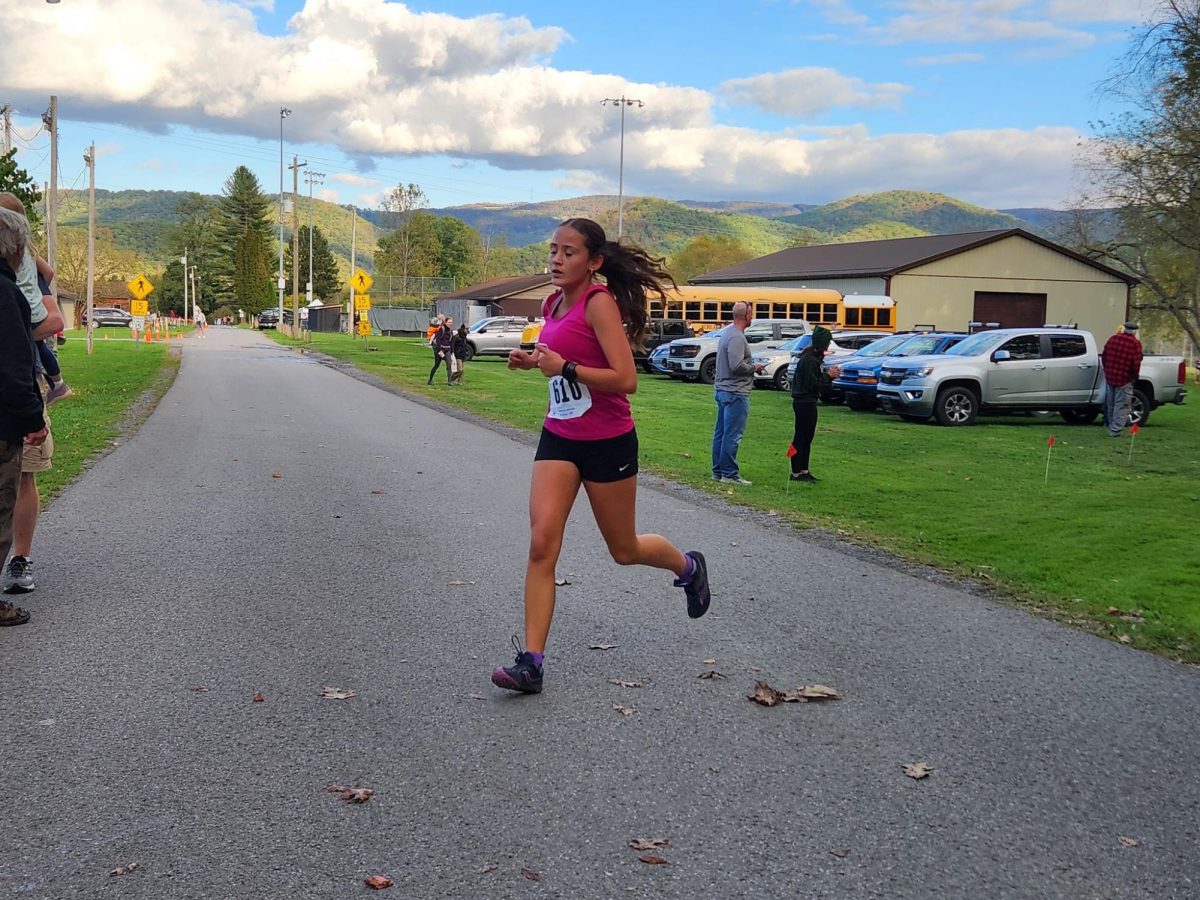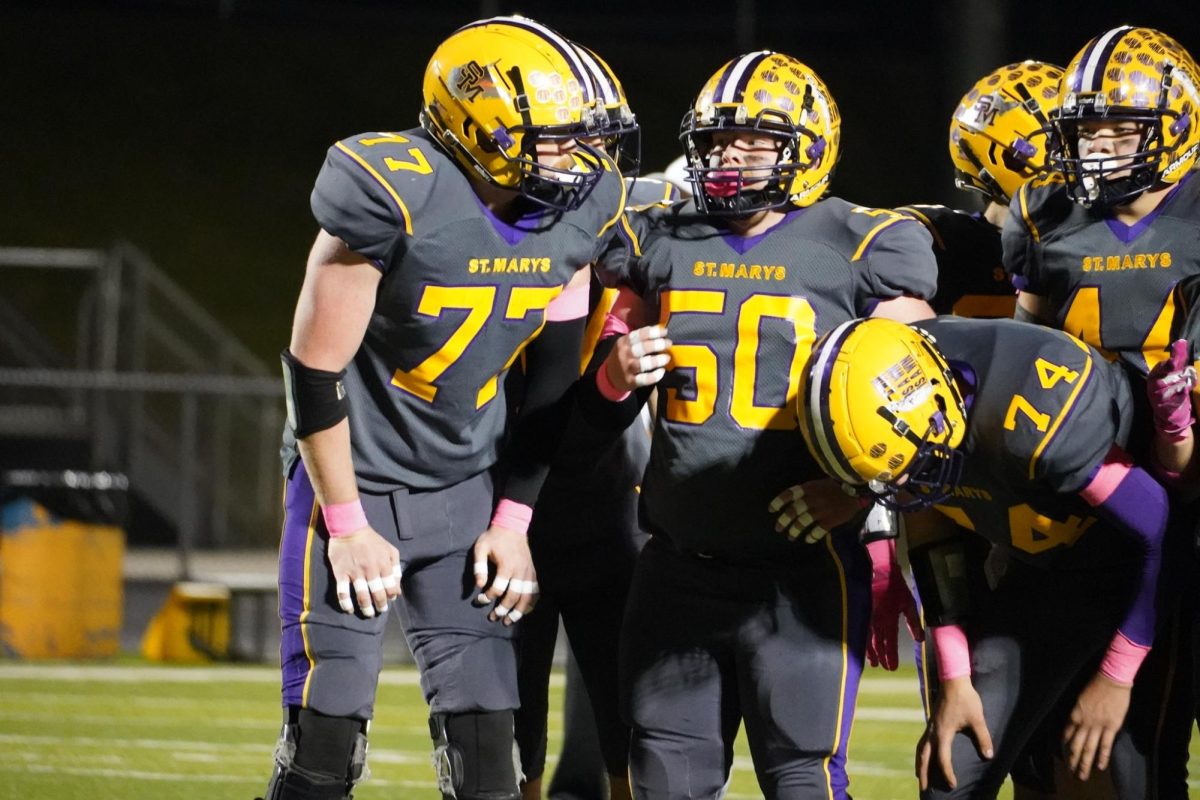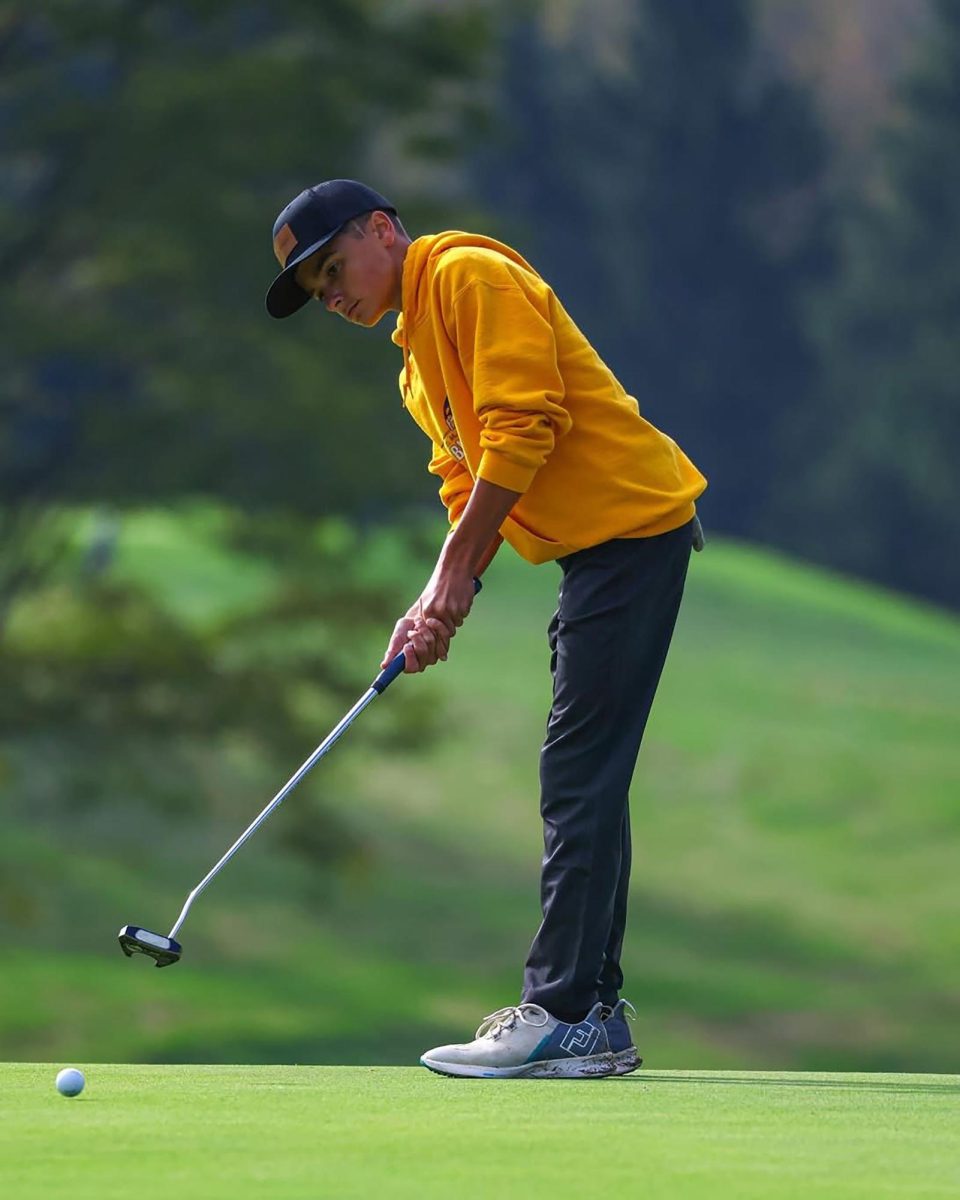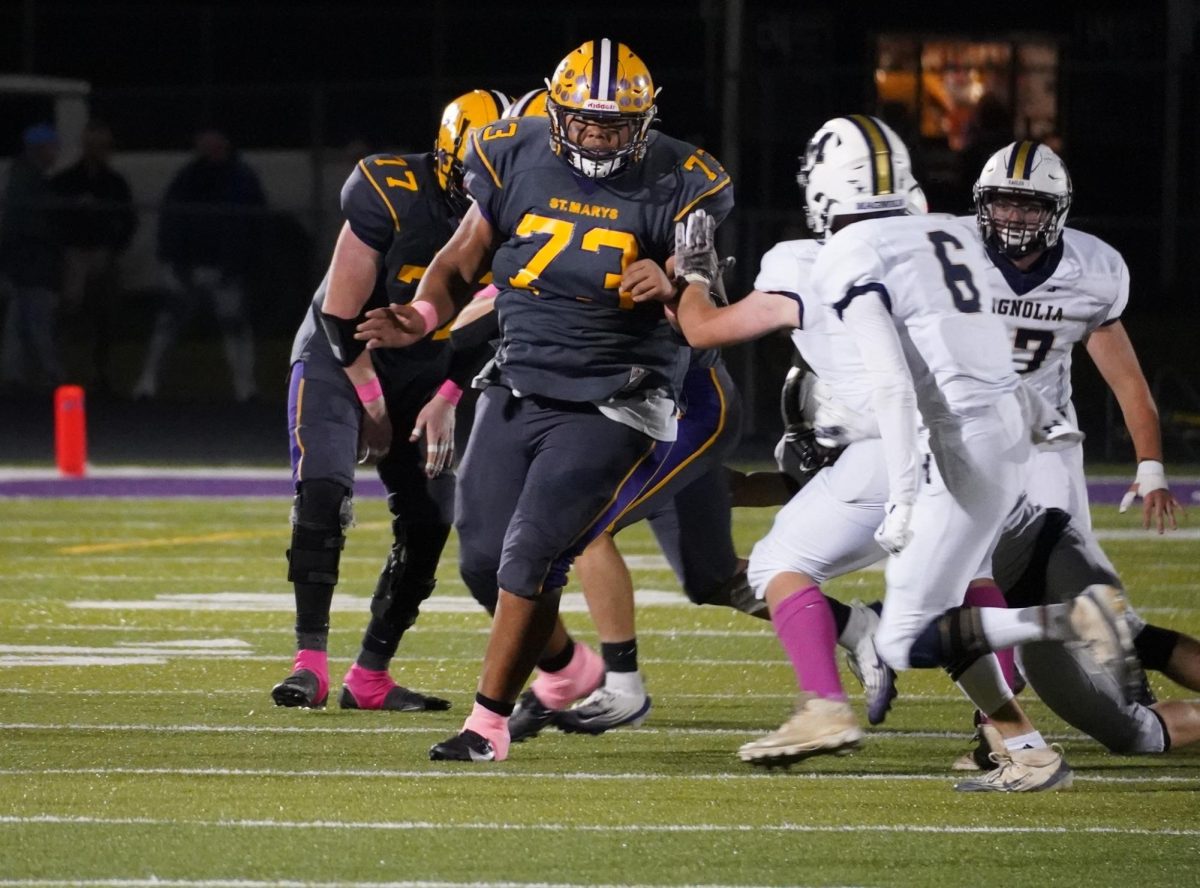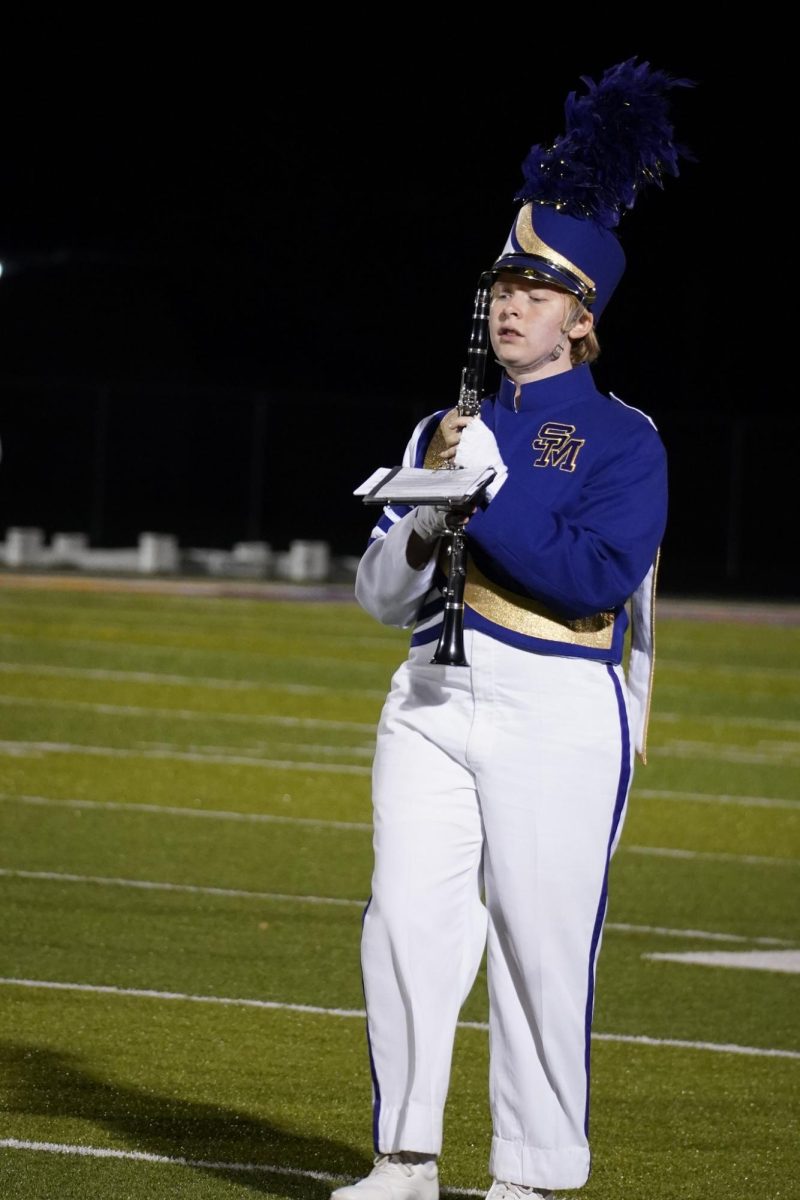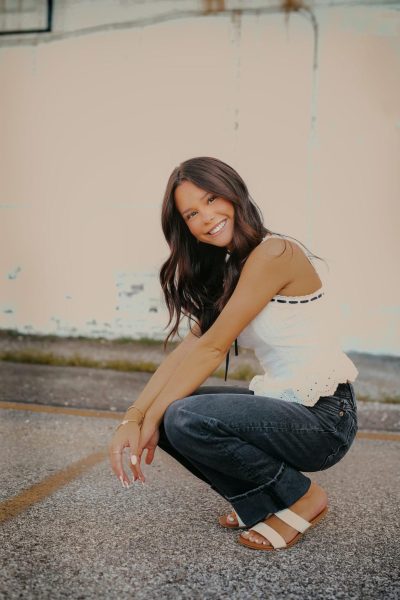Most people think of cheerleading as calling chants from the sidelines, but the sport involves much more. There are multiple types of cheer, including sideline, that performs at their schools’ games and competitive, which does sideline but has an additional routine they get judged on at competitions as well. Alongside school cheer is all-star. All-star only competes but has a different style of routine than competitive high school cheer, and goes to different types of competitions. Each style of cheerleading requires dedication and, most importantly, teamwork to succeed.
Practices for cheer are intense and time-consuming, often lasting several hours, multiple days a week. Athletes condition, stretch, and practice stunts repeatedly to build strength and reduce the risk of injuries. Having trust in your teammates and good timing are crucial, especially in builds and tumbling sequences where even the smallest mistake can cause problems. With most cheerleaders tumbling, it is also easy to get tired stunting as well or vice versa. Due to the risk of danger being involved, precision and consistency are needed in every routine.
Cheerleading is a commitment that could last the entire year, depending on which type you do. School cheer has football games and most competitions in the fall and basketball in the winter. All-star programs train almost nonstop for competitions. These competitions look for an advanced routine that is judged on difficulty, sharpness, and execution. “Competitions are the most stressful part of cheer yet, the most rewarding. Being able to compete and show off what we’ve been working on for months is the best feeling ever.” said Addy Cummings, an SMHS cheerleader. The combination of athletic skill, discipline, and teamwork shows that cheerleading is more than just calling cheers on the sideline; it is a demanding sport.

